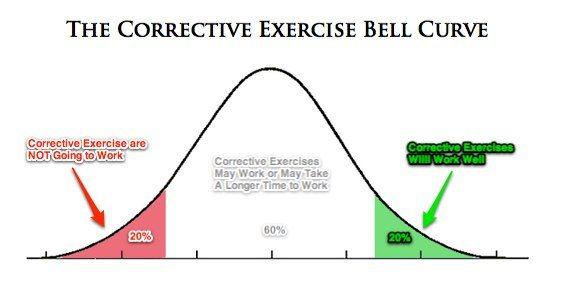Have you been feeling lately that the quality of research reports are not always the same across journals? Or that some articles you read do not appear to have the best methodology? With all the emphasis on evidence based medicine, it is more valuable now than ever to assure that research reports are of superior quality to assure that we are conveying accurate information to our colleagues.
Today’s guest post is written by Harrison Vaughan, PT, DPT. Harrison is a physical therapy practicing in South Hill, VA at In Touch Therapy. His professional interests include clinical diagnostic tests and treatment consisting of orthopedic manual therapy, predominantly spinal manipulation.
Using the QUADAS Tool to Assess the Quality of Diagnostic Accuracy Research Studies
The research community has fortunately developed a tool to critique studies and aid in clinician’s decisions to choose the correct physical examination tests, called QUADAS. QUADAS stands for:
- Q – Quality
- A – Assessment of
- D – Diagnostic
- A – Accuracy
- S – Studies
Many of you may have never heard of it and from speaking with others, this appears to be the norm.
What is QUADAS?
QUADAS is an evidence based tool to be used for the quality assessment of diagnostic accuracy studies. It consists of 14 items phrased as questions, each of which should be scored a “yes”, “no” or “unclear” that examine bias in the study.
How do clinicians determine which study is most appropriate based on QUADAS score?
Past studies have shown a score of 7 of 14 or greater of “yes’s” to be of high-quality and scores below 7 to be of low-quality. However, some authors have recommend articles with 10 or higher “yes’s” as cut-off for a high-quality diagnostic accuracy study.
How do I use this tool in my clinical assessment?
Below is an example of comparing two studies using the QUADAS score to clinically diagnose SLAP lesion. These studies were mentioned in a previous post on the clinical examination of SLAP lesions.
O’Brien’s test: Sensitivity: 100, Specificity: 99, LR+: NA, LR-:NA, QUADAS Score: 3
Biceps Load Test II: Sensitivity: 90, Specificity: 97, LR+: 26.38, LR-: .11, QUADAS Score (0-14): 10
From the data above, it appears from first glance that the O’Brien’s test is superior showing great statistical numbers compared to the latter test (even though both show promising figures). However, if you look at the QUADAS score, you can see the significant differences between the two showing O’Brien’s test has much more bias. The Biceps Load Test II is on the lower end of a high quality score (10/14) but much greater study that O’Brien’s (3/14). I am not specifically picking on O’Brien but this makes a good example of similar diagnostic values but very different QUADAS score. In other words, if you obtained a (+) O’Brien’s test, you shouldn’t be so optimistic of a positive SLAP lesion due to poor study design.
I recommend the book Orthopedic Physical Examination Tests-An Evidence Based Approach by Cook & Hegedus to obtain recent QUADAS scores (as well as sensitivity, specificity, etc) for most, if not all clinical diagnostic tests; both new and old. It will surprise you that most of the “classic” special tests that many have been using for years have poor diagnostic value.
It may be difficult for many to change their evaluation regimen, but I do hope this data changes your outlook on the best special test to choose and strengthen your examination. I hope this information adds to your realm of knowledge and help you become more objective in clinical diagnostics. Have you used the QUADAS tool before? What popular study do you know of that everyone references but has a very low QUADAS score? Thanks Harrison, great post.
Penny Whiting, Anne WS Rutjes, Johannes B Reitsma, Patrick MM Bossuyt, Jos Kleijnen (2003). The development of QUADAS: a tool for the quality assessment of studies of diagnostic accuracy included in systematic reviews BMC Medical Research Methodology, 3 (1) DOI: 10.1186/1471-2288-3-25
***************************
Thank you for subscribing! View this post and others on the website to see all videos and graphics.
View my collection of all the latest orthopedic and sports medicine journal abstracts as they are published.
View my list of favorite recommended rehab books and products.
Sign up for my FREE newsletter for even more great content!






